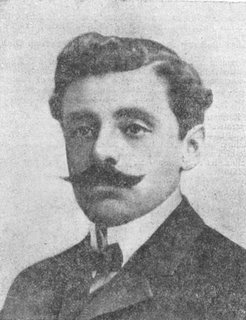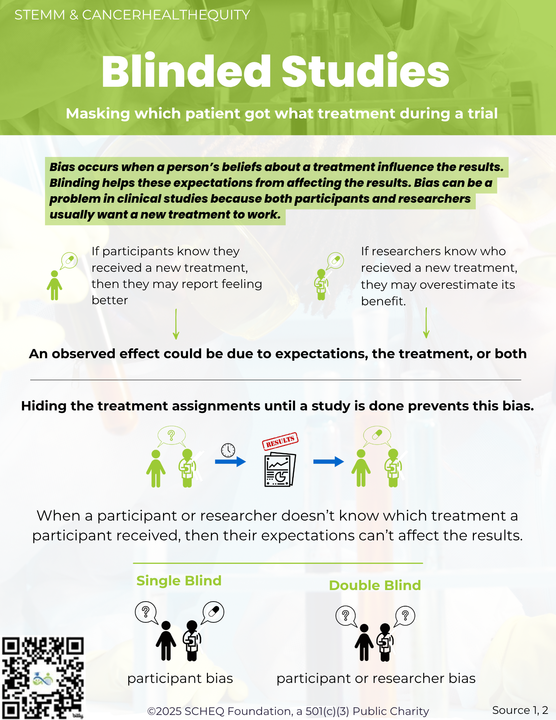Pedro Paulet Mostajo (July 2, 1874 – January 30, 1945). Born 1874 in Tiabaya, Arequipa, Peru, under very humble beginnings, Dr. Pedro Paulet would go on to found Peru’s aviation division while being the first to propose a liquid-propelled rocket. After being inspired by the French novel From the Earth to the Moon, Paulet graduated from the National University of Saint Augustine, Peru, and then attended the Sorbonne University of Paris to study Engineering and Architecture in 1894. During his time, he proposed the first liquid-propelled rocket engine through the use of nitrogen peroxide and gasoline before graduating with High Distinctions in 1901, in Chemical Engineering. This was notable as it would allow rockets to enter space and function without the use of oxygen for combustion. He had to suspend his rocket experiments due to complaints from neighbors, and entered into diplomatic service.
He returned to Peru in 1905 as the Director of the Instituto Superior Tecnológico Público, where he oversaw the incorporation of European teaching and equipment, the construction of a major hospital, and the founding of the National Pro-Aviation League, which would later develop the Peruvian Air Force. He would later return to Europe as the Counsel of Peru in Amsterdam in 1910, before the devastation of WW1 took the lives of his two children. He returned to diplomatic duties in 1924 and would secretly continue working on this rocket engine, though nothing materialized before his death in 1945. Peru unofficially celebrates his birthday of July 2nd as National Aviation Day with a museum to its contributions erected by the Peruvian Air Force in 1995.
REFERENCES:
- https://arc.aiaa.org/doi/pdf/10.2514/6.2010-2217#:~:text=Because%20of%20his%20humble%20condition,The
- https://www.academia.edu/87306225/Pedro_Paulet_Genio_Visionario_y_Patriota_Revista_Documenta
- https://www.bnp.gob.pe/bnp-se-cumplen-150-anos-del-nacimiento-de-pedro-paulet/#:~:text=Destacado%20cient%C3%ADfico%2C%20ingeniero%20y%20diplom%C3%A1tico,y%20autor%20de%20la%20retropropulsi%C3%B3n.
IMAGE SOURCE:
Public Domain Image, Author: Max T Vargas, 1910. http://mundopaulet.blogspot.com




